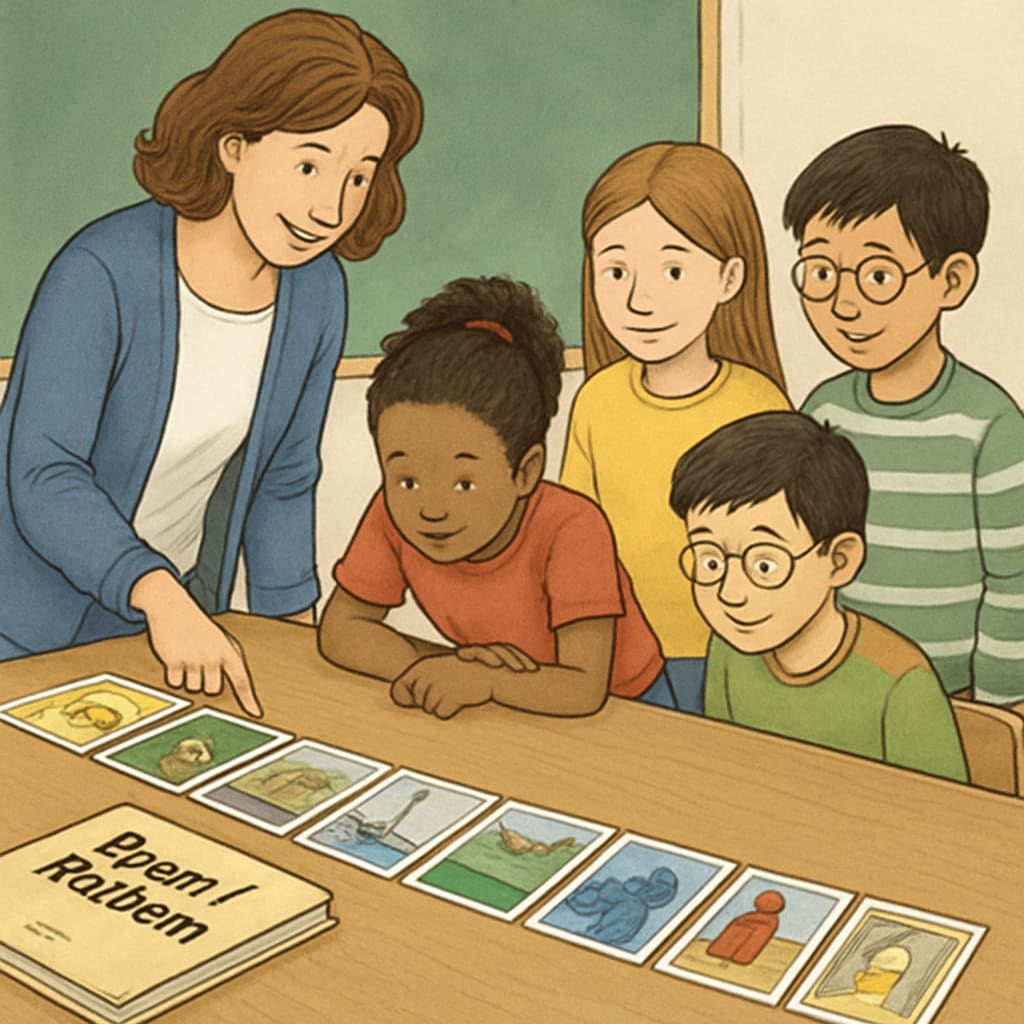Finding the correct sequence for Zoom and ReZoom teaching activities can be a challenge for educators. These interactive picture books are a fantastic resource for K-12 classrooms, designed to improve students’ visual literacy, attention to detail, and collaborative skills. However, without the correct order, their impact may diminish. In this guide, we will explore strategies to restore the proper sequencing, maximizing the effectiveness of these educational tools. Through visual clue identification, pedagogical logic, and leveraging professional communities, teachers can confidently implement these activities.
Understanding the Structure of Zoom and ReZoom
Zoom and ReZoom are storytelling books created by Istvan Banyai. They rely on a fascinating visual concept where each subsequent page zooms in or out, revealing a larger or smaller perspective. This unique design makes them powerful tools for teaching sequencing, perspective-taking, and teamwork.
The challenge many educators face arises when the pages are shuffled or disorganized over time. Reconstructing their original order requires careful observation and a methodical approach.

Steps to Restore the Activity Sequence
To effectively reorder Zoom and ReZoom materials, follow these steps:
- Analyze Visual Clues: Observe the edges of each image to identify overlapping elements. For example, a hand holding a magnifying glass in one image may lead to a zoomed-in view of the glass in the next.
- Understand the Progression: Zoom progresses by zooming out, revealing more of the scene, while ReZoom moves in the opposite direction, zooming in for finer details.
- Engage Students Collaboratively: Involve your students in the sequencing process. This not only teaches them problem-solving but also promotes teamwork and critical thinking.
- Utilize Online Resources: Several educator forums and online communities offer pre-arranged guides or sequencing tips for these activities. Websites like Teachers Pay Teachers are excellent resources.
Why Correct Sequencing Matters
Maintaining the proper order of Zoom/ReZoom activities ensures that their educational objectives are met. When correctly sequenced:
- Students develop a better understanding of visual perspectives and narrative structures.
- Collaborative efforts are more organized, as participants can clearly follow the flow of the story.
- The activities become more engaging, as each page builds anticipation for the next.
For additional insights, learn more about the concept of perspective-taking on Visual Perception on Wikipedia.

Tips for Long-Term Maintenance
Preserving the integrity of your Zoom and ReZoom materials ensures they remain effective for future use. Here are a few tips:
- Laminate the Pages: Protect the pages from wear and tear by laminating them.
- Number the Backs: Discreetly number the backs of the pages to make reordering simpler.
- Store Carefully: Use a dedicated folder or envelope to keep all pages together and avoid misplacement.
By taking these preventative measures, you can save time and effort while ensuring that the materials are always ready for use.
Leveraging Professional Communities
Educators often find support and inspiration through professional networks. Consider joining forums or social media groups dedicated to teaching strategies. Platforms like Edutopia provide valuable resources and discussions on innovative teaching tools, including Zoom/ReZoom activities.
Sharing your experiences and learning from others can help you discover new ways to use these materials creatively in your classroom.
In conclusion, restoring and maintaining the correct sequence of Zoom and ReZoom activities is essential for maximizing their educational potential. By following the steps outlined above, educators can turn these interactive books into powerful tools for engagement, collaboration, and learning. With a little effort, you can unlock the full potential of these remarkable resources.
Readability guidance: This article uses clear language, concise paragraphs, and actionable steps to ensure that educators can easily follow and implement the strategies discussed. Visuals and external links further support the content, providing additional context and resources.


